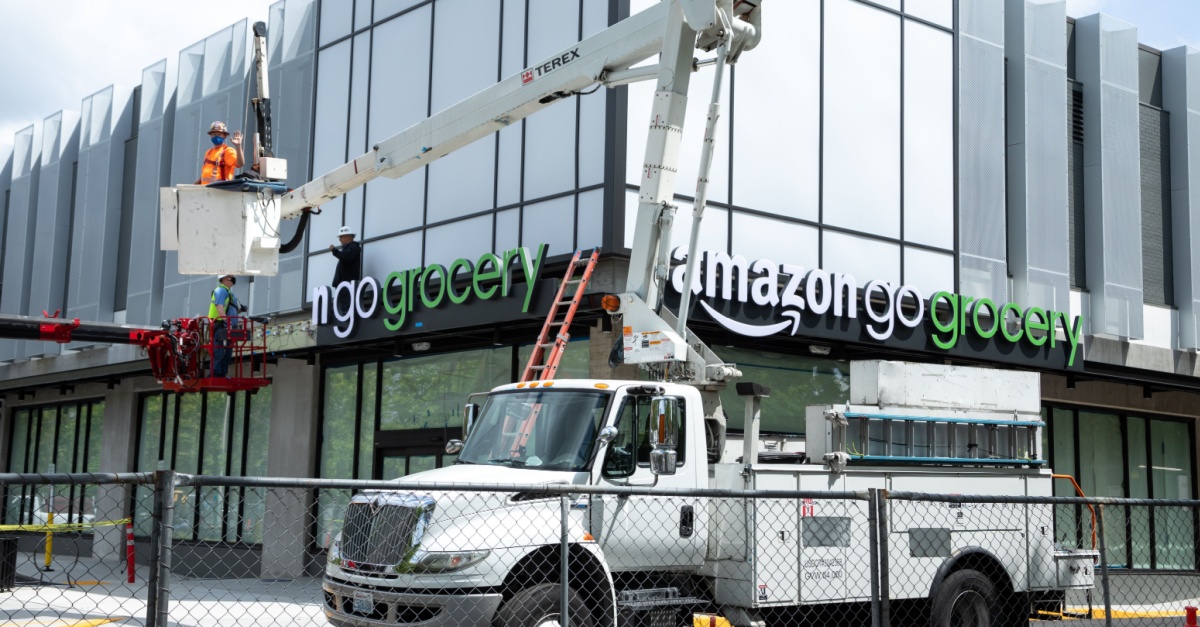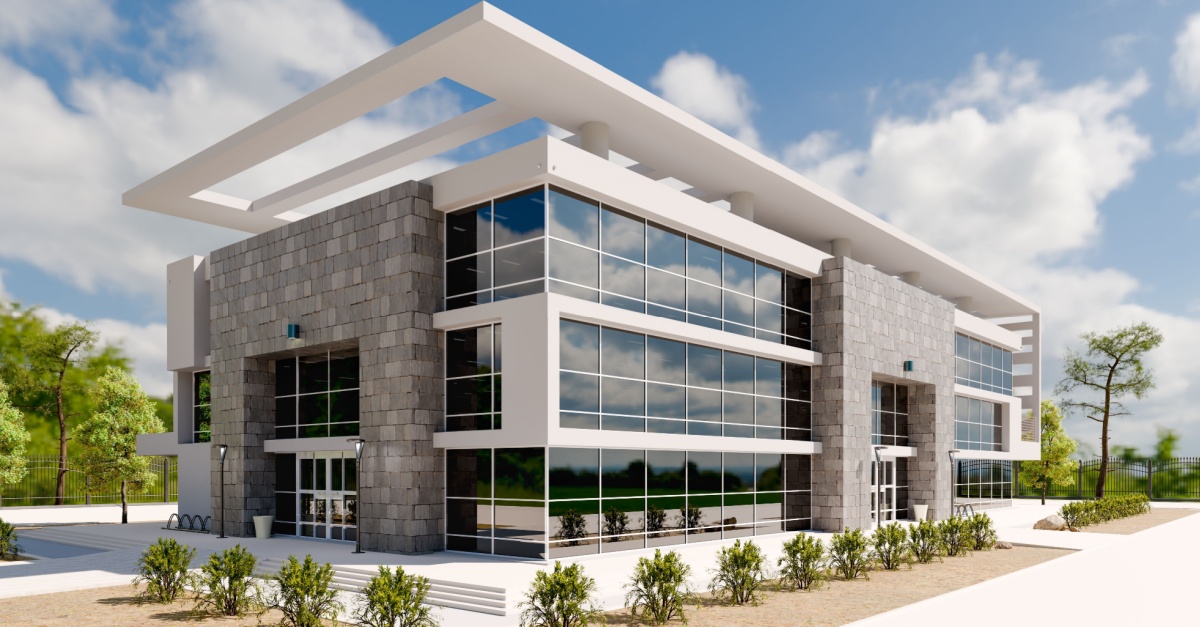
Top Five Facilities Maintenance Trends
September 17, 2024
Facilities maintenance is essential to keeping companies in business. Imagine how many customers your restaurant would lose if uncleaned grease traps contaminated the food, leaving people sick after eating. Now, the remaining customers’ meals are delayed while you fix the issue. Why let one mistake jeopardize your operation when you can prevent it?
In recent years, technologies like the Internet of Things (IoT) and smart devices have provided facility maintenance companies with revolutionary tools to improve business operations. The shift toward green and sustainable solutions is helping companies become safer and more cost-effective. If you’re still re acting to problems after they occur, you’re likely wasting time and resources on constant repairs or losing customers due to inconsistent service quality. These five facility maintenance trends can improve the way you run your business, just as they have for others.
Facilities Maintenance: A Frontier of Innovation in Effective Building Management
Facilities management strategies have historically followed the mantra: “If it isn’t broken, don’t fix it.” Unfortunately, when something does break, the downtime for repairs is costly — resulting in $400 billion in annual losses every year for the top 2,000 companies globally. Thankfully, recent innovations in facilities maintenance have prompted multiple industries to rethink their reactionary approach to equipment failures and adopt a more proactive strategy. Today, forward-thinking companies can manage their facilities and maintenance through a network of advanced technologies, offering unprecedented control over equipment performance and ushering in an era of headache-free facility maintenance.
Top Five Facilities Maintenance Trends
This new era of facility maintenance goes beyond simply letting technology do all the work for you. The best facility maintenance companies combine well-trained technicians, data-driven insights, and environmentally friendly practices to solve the biggest maintenance problems that keep businesses from optimizing their potential.
1. Emphasis on Preventative and Predictive Maintenance
In facilities maintenance, both preventative and predictive maintenance are game changers. Preventative maintenance involves routine facility checks based on expected equipment life cycles. Predictive maintenance is more proactive, leveraging real-time equipment performance data captured and analyzed by IoT sensors to identify deviations from normal patterns predicting potential failures. Think of preventative maintenance, like visiting the doctor for your annual check-up, while predictive maintenance is like going because your Apple Watch detected an unusual rise in your resting heart rate over six consecutive days.
Both are part of a shift towards proactive maintenance strategies, offering more peace of mind compared to waiting for something to break. Reactive maintenance may seem cost-effective in the short term — fewer inspections and less planned downtime — but it leads to higher long-term costs, including unplanned disruptions, shorter equipment lifespans, and higher repair costs. That’s why reactive maintenance costs businesses 12-18% more than preventive maintenance and why the global predictive maintenance market is projected to grow from $8-$10 billion in 2023 to over $100 billion by the end of 2033.
2. Integration of Smart Technologies and IoT
Manpower in facilities maintenance is most effective when optimized by smart technologies. The efficiency is remarkable when smart HVAC systems automatically adjust air conditioning performance based on the facility’s minute-by-minute needs, automated lighting controls conserve energy by turning off lights in unoccupied areas, and sensors give remote, real-time insights into the health of equipment. This optimization can save facilities managers 20% in maintenance costs while offering invaluable transparency into how their facilities are running now — and how they’ll run in the future.
These devices can wirelessly share data across a connected network, enabling a system where maintenance requests are automatically generated when they’re needed. If a smart thermostat senses a room is unoccupied, it can wirelessly communicate this information to a smart HVAC system, which will then adjust to conserve energy. Smart devices and IoT are becoming the subconscious of a facility, self-regulating in the background so businesses can tackle the issues in front of them.
3. Focus on Sustainability and Green Maintenance Practices
Running a profitable business at the expense of the environment is quickly becoming outdated as laws and regulations aim to curb pollution, reduce carbon emissions, and conserve natural resources. Major global companies like Amazon, Google, and Microsoft are taking corporate social responsibility seriously, adopting green maintenance practices after publicly committing to being carbon-free by 2030. They’ve also contributed to the more than 100,000 projects certified by Leadership in Energy and Environmental Design (LEED), the gold standard in green building rating systems.
Simple upgrades, such as WaterSense-labeled faucets, can reduce water flow by at least 30%. For a commercial facility, this can result in hundreds of thousands of dollars in water bill savings, which can be reinvested into making businesses more efficient. Eco-friendly cleaning products made from biodegradable ingredients, low-volatile organic compound (VOC) paints that reduce indoor pollution, and energy-efficient HVAC systems are a handful of the many ways to maintain your facility cost-effectively and sustainably. In today’s world, the future of your facility should be green.
4. Enhanced Use of Data and Analytics
Data and analytics are seismically shifting modern facilities maintenance by informing smarter decisions with invaluable foresight. Smart facility maintenance companies are using data and analytics in conjunction with enterprise asset management software like Upkeep, which helps with maintenance planning by monitoring equipment performance and automating work orders to available technicians before issues become critical. Business intelligence tools like Tableau aggregate data from a company’s chosen management systems to help facility managers locate areas in the operation that can be altered to reduce cost.
If leveraged strategically, data and analytics can prevent costly equipment repair. Imagine traveling 1,000 miles without GPS giving you the fastest route or telling you when to anticipate traffic ahead. Sure, you’d probably reach your goal, but it’d take a lot longer, and you’d waste a lot more gas. Data and analytics are like turning your Ford Explorer into the KIIT from Knight Rider, helping you confidently move into the future of facilities maintenance.
5. Workforce Training and Upskilling
With these technological advancements becoming standard in facilities maintenance, you need technicians up-to-date on how to operate and maintain advanced equipment like smart HVAC systems. They also need to adhere to sustainability regulations and goals, and be adept at the latest predictive maintenance practices. If the technician you hire is only trained in the past, you’ll end up spending valuable time and money fixing issues in the future in the form of subpar job performance, potential customer dissatisfaction caused by preventable delays, and a higher risk of equipment failure.
Constant audits of workforce performance and industry knowledge are essential for maintenance service providers to stay ahead of a constantly evolving technology revolution. One of the wisest investments a service provider can make is in future-proof training programs -LEED certification, IoT device installation and monitoring, and workplace safety protocols. Technology isn’t slowing down, so it’s imperative companies move at the speed of now.
Brandpoint Services: Your Ally for Trendsetting Facilities Maintenance
As companies expand and customer demands increase, facilities maintenance has evolved to keep up with the changing world. Facility maintenance companies are following these five trends to keep their operations running smoothly and their customers happy:
- Proactive maintenance over reactive maintenance: Using data-driven insights to extend equipment life cycles and reduce maintenance downtime by addressing asset changes before they become problems instead of after.
- IoT and Smart Device Integration: Smart sensors are used for real-time data insights into equipment, and facilities need to predict when to schedule maintenance.
- Sustainability and Green Maintenance Practices: Switching to eco-friendly products and prioritizing green building certifications to reduce negative environmental impact and save money while conserving natural resources.
- Increased Data and Analytics Use: Streamlining facility operations with more certainty by making data-driven decision-making central to maintenance strategies.
- Workforce Training and Upskilling: Ensuring a consistent quality of maintenance by working with technicians trained in the latest technology, shaping the facilities maintenance landscape.
These are more than trends; they’re keys to unlocking the true potential of your facility maintenance operation. If you’re not constantly reevaluating your maintenance practices, you could be missing out on massive savings, sacrificing efficiency, and, worse of all, losing your competitive edge. There’s no better time than now to find out how proficiency in these tried-and-true trends can make your life easier by making your facilities and maintenance better.
Ready to Elevate Your Facilities Maintenance Strategies?
Facilities maintenance can be overwhelming without proactive problem-solving for companies looking to grow nationally and globally. Maintaining a standard of quality across multiple facilities is next to impossible without costly downtime for repairs if you’re contracting disparate technicians in different localities who may not all be trained in operating the latest IoT and smart devices that help predict problems before they happen. Brandpoint Services, with our 21 years of experience, is a one-stop shop for all your facilities and maintenance needs.
Brandpoint’s 24/7/365 call center and national network of trusted contractors ensures we can offer emergency repair services for everything from HVAC systems to disaster response with a quick turnaround so your emergency doesn’t become your customers’ problem. Our centralized dispatch system is also integrated with the latest IoT and smart devices, so we can offer preventative maintenance like paint refreshes and sprinkler and backflow system inspection while being nimble enough to give white-glove support customized to your unique operational needs. Making Brandpoint your single point of contact for all facilities maintenance gives you the peace of mind of knowing your facilities will get the same world-class service no matter where they are in the country.
If you’re ready to take your facility maintenance to the next level, then connect with BrandPoint Services today.






